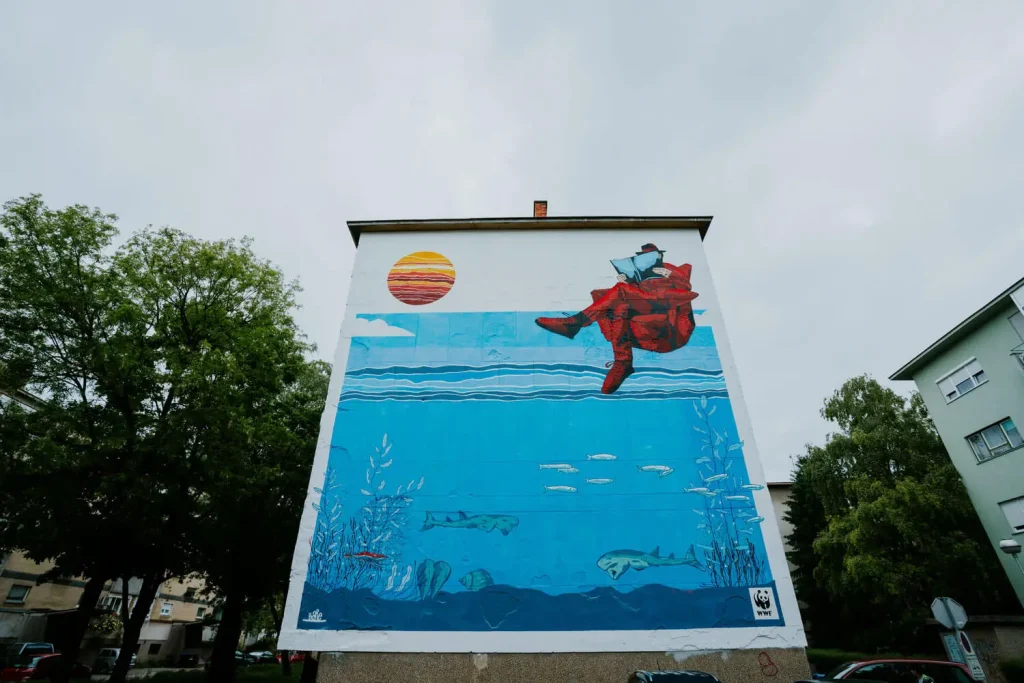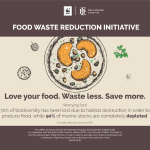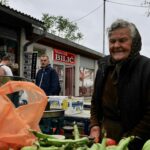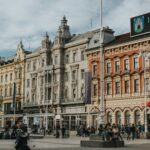A large sea mural has sprung up in the capital city, in the neighborhood where the streets are named after the islands. It is the result of a collaboration between WWF Adria, artist Boris Baret, animator Mate Žaja, and Duje Stojak.
On World Ocean Day, Zagreb’s Sigečica district, where the streets are named after the Adriatic islands, got what it was missing – the sea! The mural titled “Give fish a chance” is special for at least two reasons. The first is that it is adorned with an additional layer of augmented reality activated by a smartphone or tablet. All you need to do is install the Artivive application for free, walk to Rapska 26b, scan the mural and bring the sea to life on the screen of your device. This is the first such mural in Croatia, and another is coming to Split.
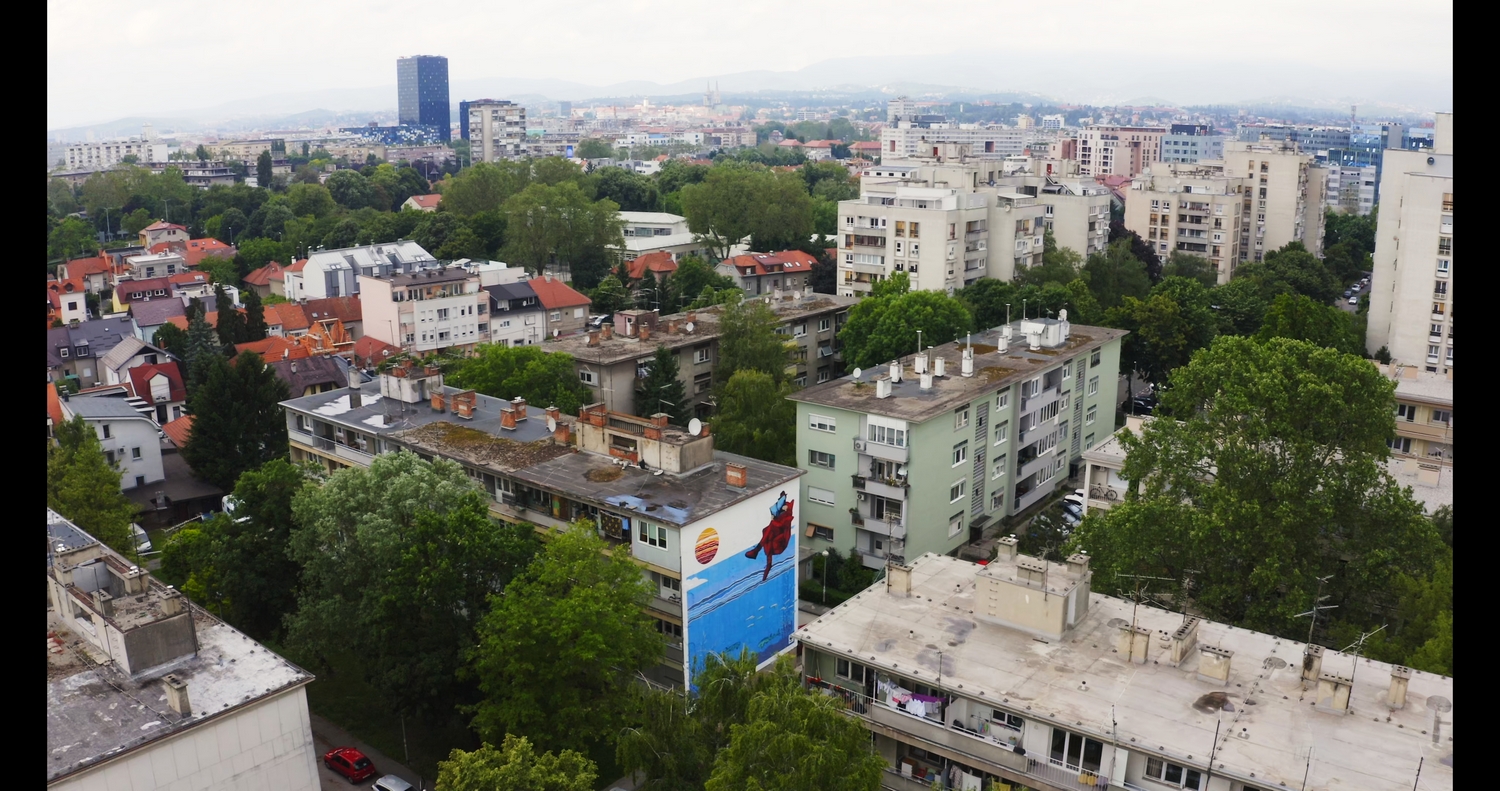
Ante Gugic
Another special feature is the paints used, which eliminate the main pollutants present in the air (including nitrogen oxides harmful to human health) and prevent the growth of bacteria, mold, and spores. The manufacturer states that an area of 100 square meters of this color acts like a forest of the same area. Certainly, no color can replace the services and benefits of trees, but in a city with minimal greenery per capita, it cannot rest.
The mural is part of the pan-European Fish Forward project to raise awareness of the social and environmental impacts of consuming fishery products. The sea feeds much of the world’s population, and most fish stocks are overfished. The European Union is among the largest importers of food from the sea, and half imports from developing countries, where nearly a billion people depend on the sea as their main source of food and income.
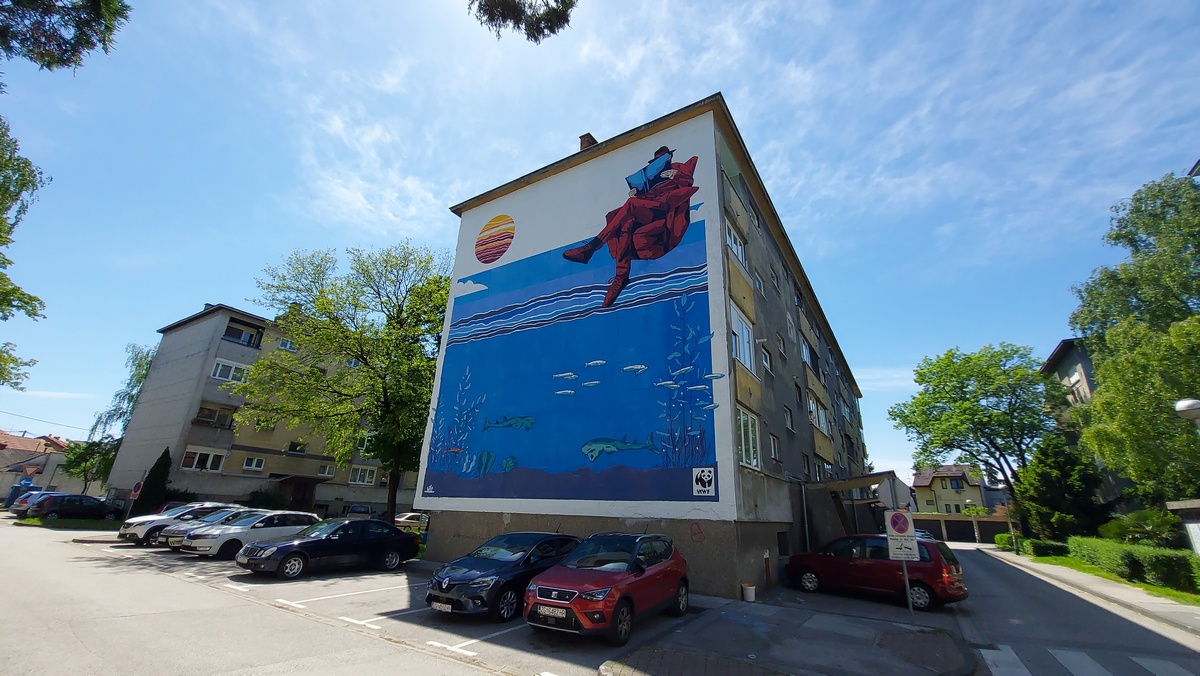
Ante Gugic
Changes are not only happening in the distant oceans; they are also present in the Adriatic, which you can measure by your own experience. If you had the opportunity to dive into the sea 30 years ago and today, you know that these are two completely different worlds. This is confirmed by a group of international scientists on the island of Molat, who in recent days led by WWF Adria in search of Squatina squatina, once widely represented, today critically endangered and strictly protected species of shark.
“Due to intensive fishing, we have brought this species almost to extinction. Recently, one young specimen was caught as an accidental catch and returned to the sea thanks to a conscientious fisherman and the Pula Aquarium. It is important to know that many species face a similar fate which will also affect food security. Protection and recovery are possible by introducing measures such as non-fishing zones,” says Patrik Krstinić from WWF Adria.
https://www.youtube.com/watch?v=v=-rOdEH7AoAs
Squatina squatina is also on the Zagreb mural, and as it must not remain alive only as augmented reality, in the decade ahead, the responsible and sustainable use of marine resources is crucial so that we can continue to use the services they provide us.
“We take much more from the sea and much faster than 50 years ago. We do not give it time or space to recover. People depend on food production, which in turn depends on healthy habitats. That is why it is essential to protect at least 30% of the world’s seas and oceans by 2030. Today, only 7% is under some form of protection, which is insufficient,” concludes Petra Počanić, Fish Forward project manager at WWF Adria.
For more on lifestyle in Croatia, follow TCN’s dedicated page.

